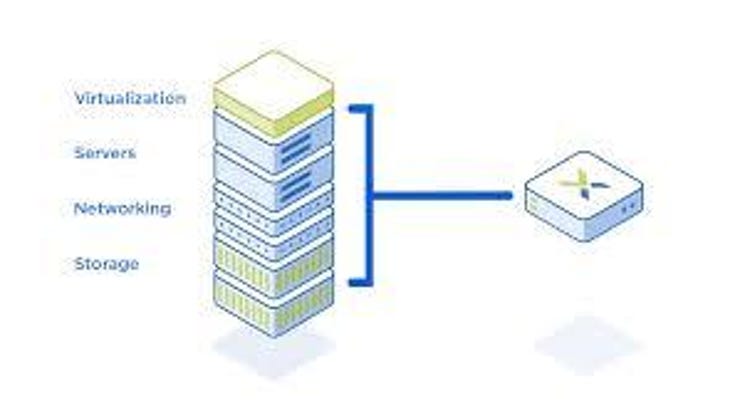Nutanix extends public and hybrid cloud database support


Nutanix, which has been extending its software-defined hyperconverged infrastructure control stack, is adding new support for hybrid and public cloud deployments as it releases the next version of Era, its database-as-a-service stack.
The company, whose original claim to fame was virtual desktop infrastructure (VDI), where desktop environments are run from a central server, has in recent years been extending the technology as a full-blown control stack for hyperconverged infrastructure (HCI). Era is the offering that extends the Nutanix control plane to manage databases. The core use case for Nutanix Era is taking over provisioning, copy management, software patches, and disaster recovery from individual databases. In practice, this is a step toward applying the principles of the unified control plane that cloud DBaaS services offer, but to legacy databases, on any commodity hardware.
In the new 2.0 release, Era adds support for multi-cluster deployments. That is, a single instance of the Era control plane can extend across multiple clusters. The most common use case is for disaster recovery scenarios, where a primary and secondary backup cluster, can be run from the same pane of glass. Another scenario is for production and DevTest clusters, either on premises or in the cloud.
Rounding out the 2.0 release is addition of SAP HANA to the list of supported databases; Oracle, SQL Server, MySQL, and PostgreSQL are already supported. And as for PostgreSQL, Nutanix is throwing out an extra bone to those running a recent open source version: Nutanix will now offer 24 x 7 commercial support.
Era is designed for consolidating the complex toolchains associated with provisioning, operating, and managing the lifecycle of running databases. It also provides a "Time Machine" feature that handles copy management, backup, and restore through a combination of snapshots and log backups, complementing (not replacing) existing backup tools.
The 2.0 release piggybacks on recent announcements with AWS and Azure for hosting Nutanix clusters in the public cloud – not just Era. In effect, it is supporting the Nutanix control plane for orchestrating infrastructure in the public cloud, much the way VMware has already done with its cloud offering on AWS. The Azure announcement goes a bit further, as Nutanix Clusters on Azure are available with cooperative licensing arrangements allowing BYOL of on-premises SQL Server licenses to Azure, use of existing Azure credits, and availability through the Azure marketplace.
But the most interesting part of the Azure announcement is support of Azure Arc, Microsoft's software-defined Azure cloud offering that runs on commodity hardware. For Microsoft, Nutanix fits into a plan to bring more azure and third-party services to the platform, which just went GA and announced preview of Azure data services.
Originally, Era was conceived to deliver a cloud-like operating environment on premises for existing databases as an alternative to migrating to cloud managed DBaaS services. With the multi-cluster capability and native support for deployments on AWS and Azure, Era is being extended both for lift and shift on-premises to cloud scenarios, and for hybrid cloud scenarios where a production database might run on premises, but a DevTest runs in the public cloud, both controlled through the same pane of glass. Era is still a work in progress; as it supports provisioning, patching, and disaster recovery processes, we want to see it extended to providing performance monitoring as well.